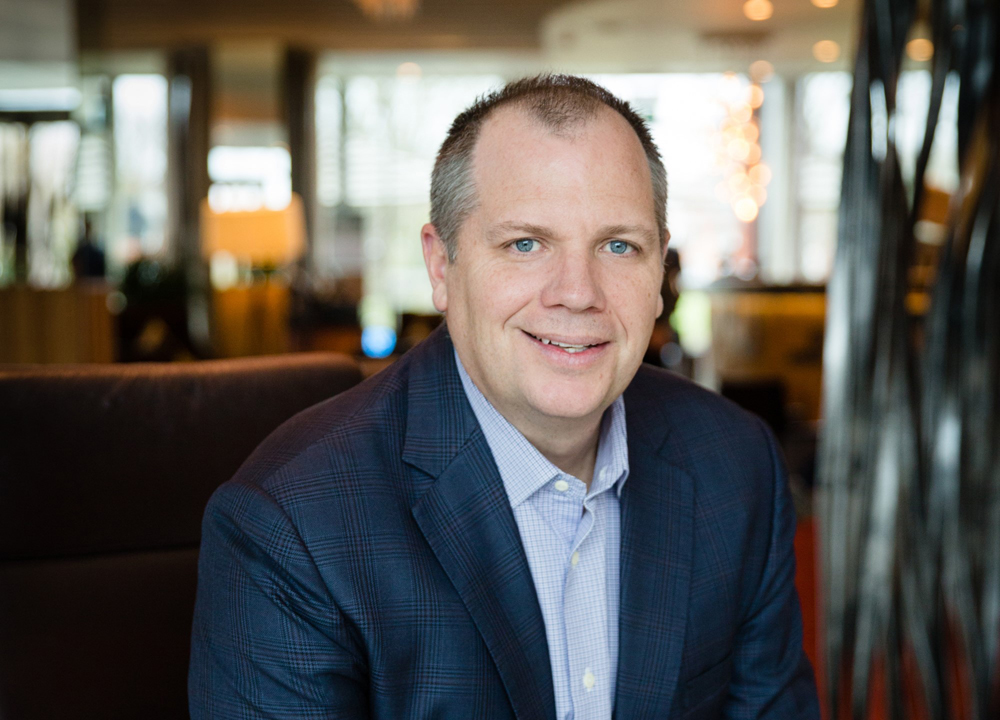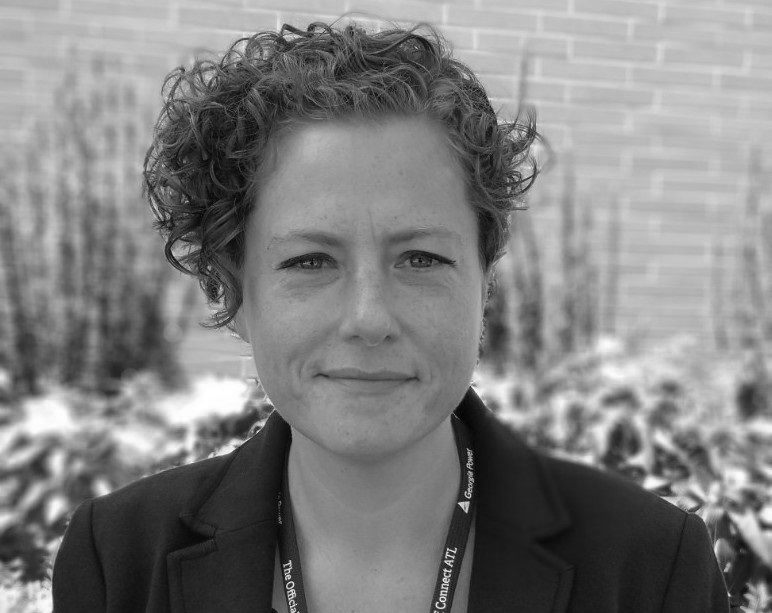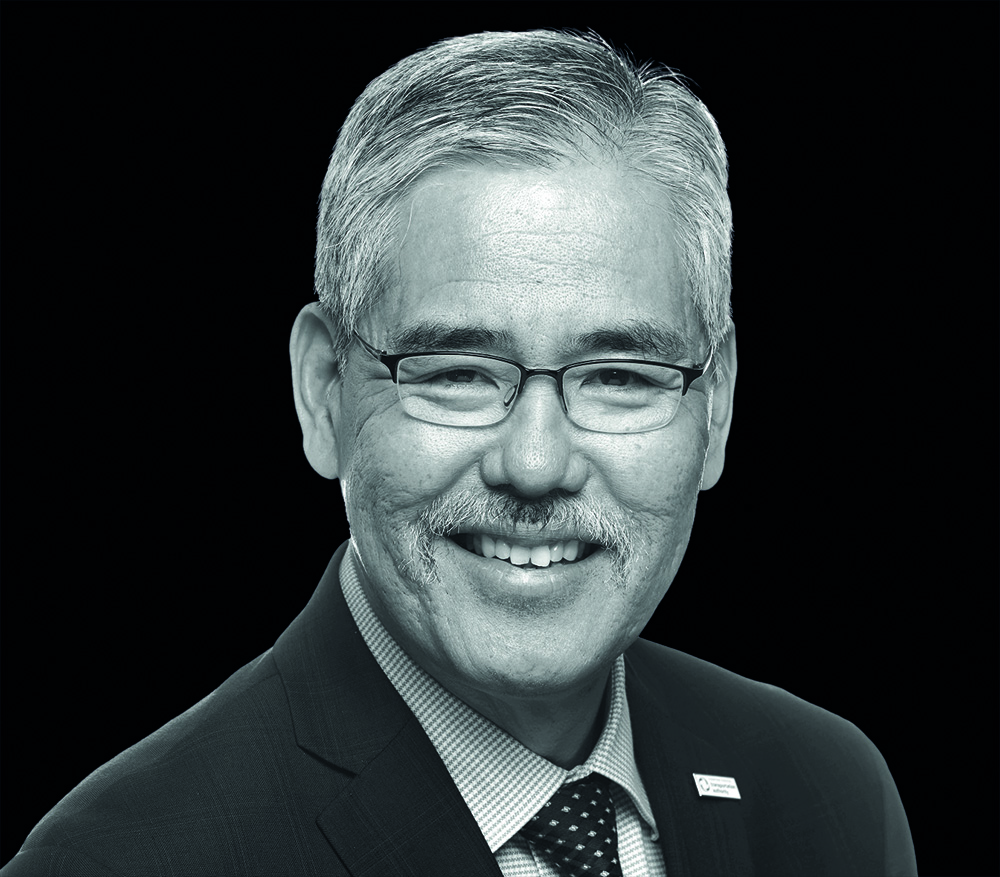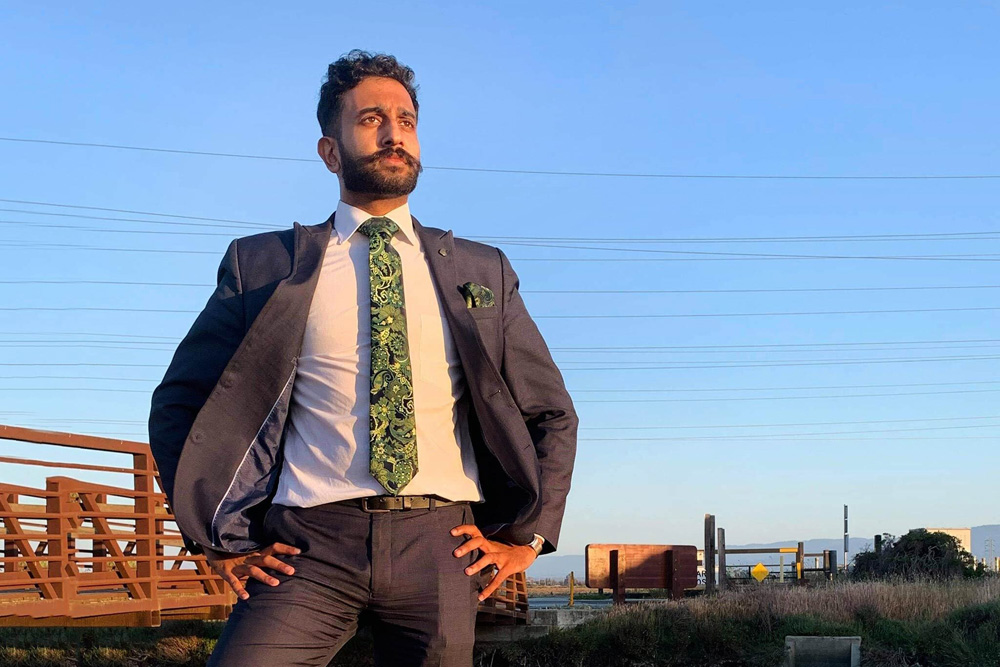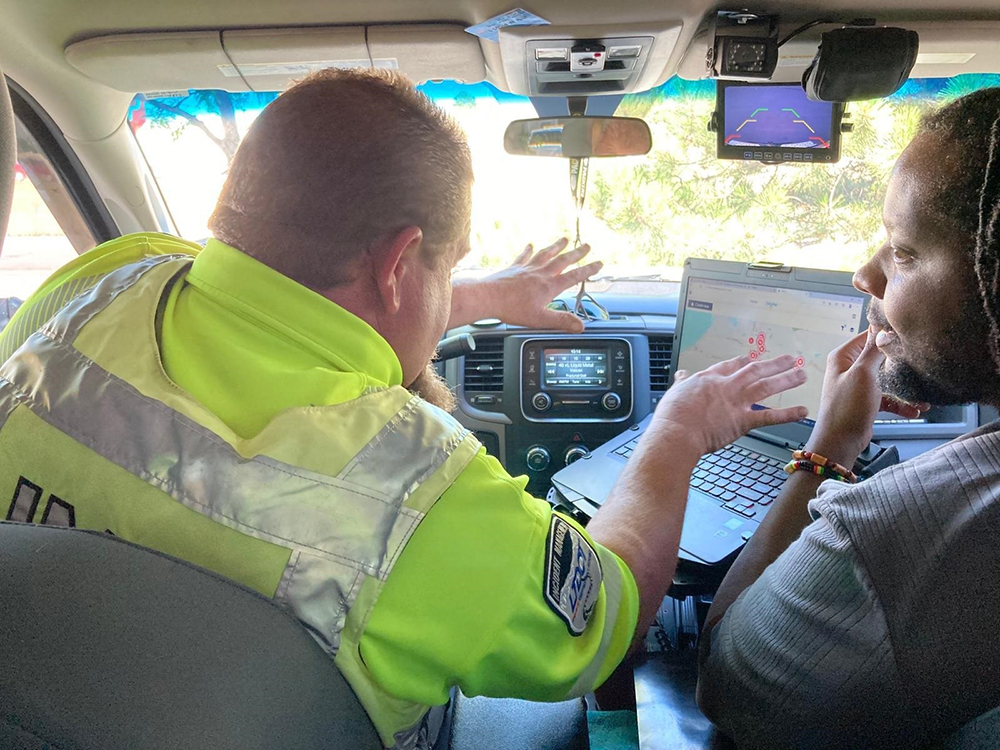
Departments of transportation have similar problems on their roads, wherever they are in the world. “After water running downstream, the second surest thing is congestion and, today, unfortunately, also crashes,” says Noam Maital, Rekor’s executive director, ITS. “And it is a global problem and the problem is the same: people dying in crashes, incidents that create congestion, and congestion itself from too many vehicles and not enough modes of mobility.”
Incident management is Rekor’s bread and butter and it uses artificial intelligence to help agencies work this out more effectively. Across US DoTs this tends to be a manual or semi-manual process today, Maital says. “It’s based on device detection or based on a 911 call and the operation starts from there - versus the ability to take algorithms and AI, an automated process, and then the core part of that is showing the results for the agencies to be able to build confidence and then change processes around them.”
The good thing for Rekor is that there are a lot of opportunities to do things differently. “It’s not about incremental improvements anymore,” says Maital. “I think there’s just a whole step-function: reimagining the transportation arena, if you will, building an entirely new next-generation operating system because the whole concepts are different.”
Rather than an on-premises patchwork of hardware and software, where agencies add on clusters to help create one solution after another as problems arise, Rekor is suggesting a different approach. “Let’s think of how the next 20, 30, 40 years look, and try and build around that for today - not for 10 years from now, with autonomous vehicles, 15 years - but today,” he explains. “We start with the lowest-hanging fruit where there’s immediate impact, and we build from there; we build the trust because trust is huge for agencies - they’re taking on risk, they don’t like taking risks, so you have to de-risk it.”
It starts off with the DoT reshaping how they do incident management, for example, but transforms into building out interoperability across a region – for instance, to get highway patrols and traffic controllers routinely talking to one another. “I would expect, when there’s an incident, that the police can talk to the traffic management agency, can talk to other agencies, and that doesn’t exist today,” Maital continues. “So we start building that trust with carrots, not the stick: giving information to the agencies to bring them in. And then that creates a collaboration environment on the cloud. And that starts to strengthen further the bond and the trust and then you start building from that.”
Creating what Maital calls the ‘configurability’ of the system is key for any agency; while each may have different priorities when it comes to where they send incident information, “the actual detection of the incident response is very, very similar”, he says. “So one of the advantages as a cloud-based system is the ability to build the modularity in. When you’re not in a physical environment, you’re able to build and code configuration so that the user can say: ‘I want to do this a little bit differently, I want to work this way’, and you build into the system the ability to adjust it.”
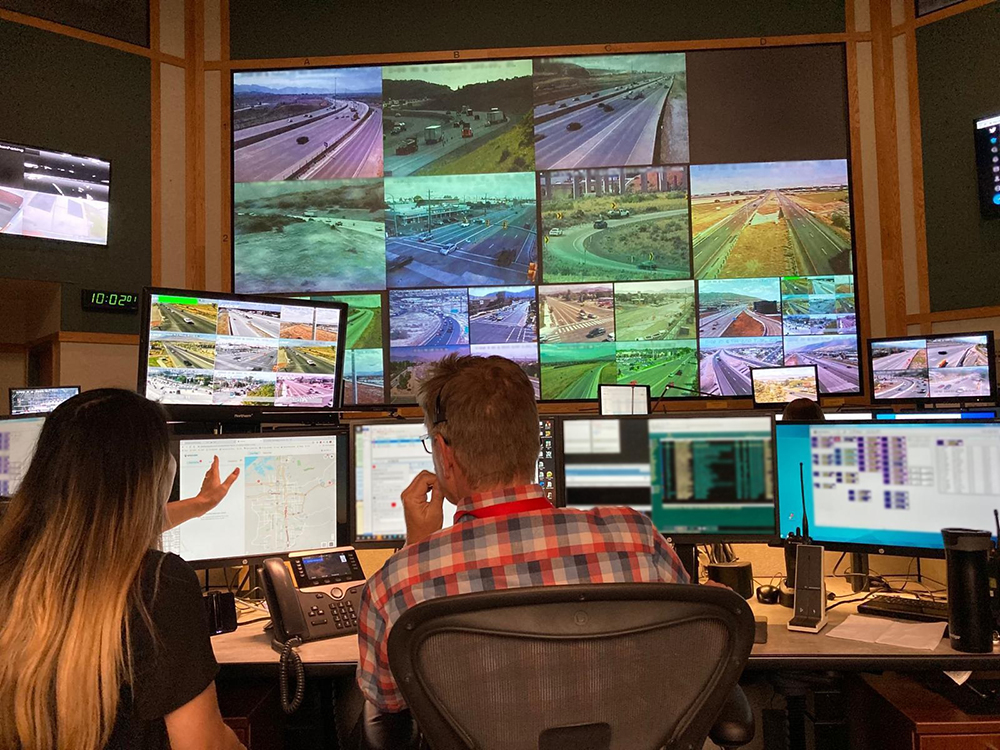
Maital was previously CEO and co-founder of Waycare Technologies, which was bought by Rekor last year. “We spent a lot of time in the early days of the start-up and a lot of sweat and tears on building out the data ecosystem of our partnerships,” he recalls. “And not to pat ourselves on the back, but I think we built the largest data partnership in the industry today - definitely in the US, in this space. The reason is because we see what’s coming and we see the importance of it. We’re now looking at connected vehicle data as a core part of supplementing the algorithms and the data that’s coming from infrastructure. And so as we build that trust on this side, it allows us to bring in more of that data and showcase to them how you can use it, and it brings in the partners that are sitting here, who are asking ‘how do I engage?’ You can think of us as like the insight brokers, helping take this data and turning into actionable insights - and on the flip side helping these agencies figure out how they use this data.”
Data is the key: Maital uses the analogy of a goldmine. “If you go to the site of a goldmine and you look at it, it looks like dirt - which is what it is, right? To get to the actual gold, you have to refine it and that’s a very costly, expensive process - otherwise everyone would be a goldmine. And I think that’s the same thing people don’t understand with data; they just think: ‘Oh, I’ve got movement of vehicles everywhere – amazing! I can do all this stuff with it’. No, the processing is very messy, and the process of gleaning insight from it is really difficult. And that’s where I think we put our emphasis and focus, on the data science side, because it’s the most tricky part.”
There are two main elements. “Taking petabytes of data and marrying it with data that’s completely different - so connected vehicle data with CCTV camera data and loop sensor data - while they may all give you speeds and other types of data - fusing them together is like different pieces of a 1,000-piece puzzle,” he explains.
The second part is focusing intently on what problem the agency is actually trying to solve. “So not making up a problem that I think is cool five years from now, around how an autonomous vehicle can move through a city - but what are they trying to do today, where I can use my algorithms to build a better workflow,” he says.
And then the last step of it is the decision point, he suggests. It’s one thing to have the loop sensors that tell you how many vehicles are going through a given area – but there is a lot riding on the decisions which are taken, based on those numbers. He cites the example of Louisiana DoT, with whom Rekor is working on a pilot around Baton Rouge, on some of the region’s most dangerous sections of highway: I-10 and I-12. “Their system and their operators are deciding when to close a road, when to open a road, when a lane is closed, when permitting is going to happen, when a workzone occurs - when all this information happens, they make a decision on it,” Maital points out. “And that decision is the most important for the public. A driver doesn’t need to know how many vehicles went 20mph or 22mph, what you want to know is if they’ve closed the second lane so I need to move into the left lane - and when.”
Therefore it’s not just a question of agencies being able to store and access data – but also how to share it with the public. “So that’s another focus in this layer that we’re building in between the private and the public sector on the government side that we’re working with,” he says.
All organisations are different and the cultures of DoTs in different US states – given their political and demographic differences - is also a factor. “It’s fascinating,” says Maital. “Some are a lot more conservative in their approach, others are risk takers. Some of them are more about collaboration, others are more closed in. The key here is that our customer is the public agency. We are very intent on them being stewards of our platform, and as such we have to make sure that we abide by their culture, their systems.”
Cultural differences aside, we come back to the problems which remain the same. Just the human cost of crashes in the US is staggering. “Through habituation, we’ve lost the sensitivity to how impactful this is: 40,000 people in the US dying every year,” Maital says.
Greater interoperability would help, he adds: “Because the lack of ability for agencies today to work seamlessly among each other is inhibiting their ability to progress towards some of these solutions and solve congestion and solve safety issues.”
Silos remain, but there is a will to do things differently, he concludes: “All the partners want to break those silos.” ITS



